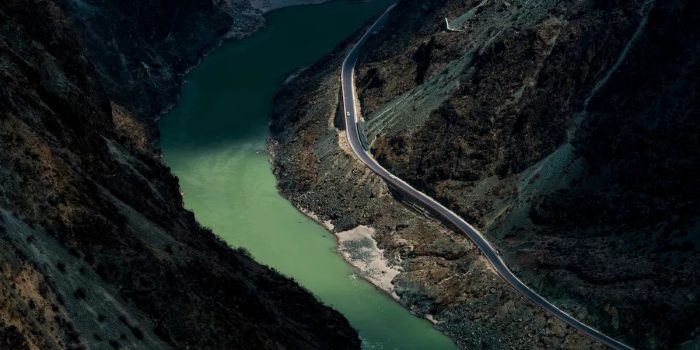China has proved to the world and fixed its position to the world as a global leader in terms of dam construction, constructing more large dams than any other nation. It has also taken the reigns in leading the world in producing the world’s largest hydroelectric power station known as ‘Three Gorges Dam.’ The country is now aiming to maintain its leading position and dominance with the creation of a possible first of its kind, world’s first super dam.
Announced in 2021 as part of China’s 14th Five-Year Plan, the super dam is planned for the Yarlung Zangbo River, also known as the Brahmaputra River in India. Nestled in the Himalayan foothills within Tibet, it targets the vast potential energy stored in the region’s rivers and cliffs. Anticipated to exceed the power generation capacity of the Three Gorges Dam by threefold, the project aligns with China’s goals of carbon emissions reduction, with projections suggesting it could significantly contribute to achieving peak emissions by 2030 and carbon neutrality by 2060.

Unfortunately, this very scheme sparked tons of controversy, both domestically and internationally. Critics have predicted the displacement of more than 1.25 million people during the construction and erection of the Three Gorges Dam. This was further fueled by the disruption of natural habitants as troubling precedents. Concerns have arisen following the potential aggravation of issues similar to these with the Yarlung Zangbo Dam. This is also considering that it is being constructed in the world’s deepest canyon.
Moreover, geopolitical tensions loom as neighboring countries, particularly India and Bangladesh, express apprehension. Downstream nations rely heavily on the river’s waters, and alterations to its flow could have dire consequences. India, in response, plans its own hydroelectric project on a Brahmaputra tributary to mitigate potential impacts.

The lack of transparency surrounding China’s project exacerbates fears, with some accusing China of veiling the project to quell international opposition until it’s too late to voice objections effectively. Similar disputes over water resources have arisen globally, including Ethiopia’s controversial dam on the Blue Nile and rivalries over the Tigris-Euphrates River complex in the Middle East.
These conflicts suggest a growing trend towards “water wars” as nations vie for control over increasingly scarce resources. As China advances its ambitious dam-building endeavors, it not only asserts its dominance in global infrastructure but also stirs geopolitical tensions, signaling the potential for future conflicts over water resources.


